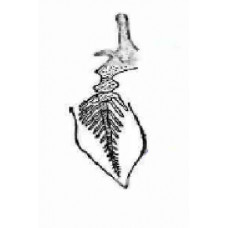Biserial fins are typical of keratosis (an extinct genus of bipedal fish). The paired fins of Porolepis (extinct genus of porolepiform sarcopterygian fishes) are similar to the biserial archipterygium: their skeleton is a long, segmented axis with thinner rays radiating from the front and back. The fin is muscular, strong but very flexible.
This fin is equipped with a muscular "rigging", but thin and flexible, allowing it not only to rest on the bottom, but also to palpate the surrounding space, working with the organ of touch.
Biserial fin
Tags: Beaded fin



